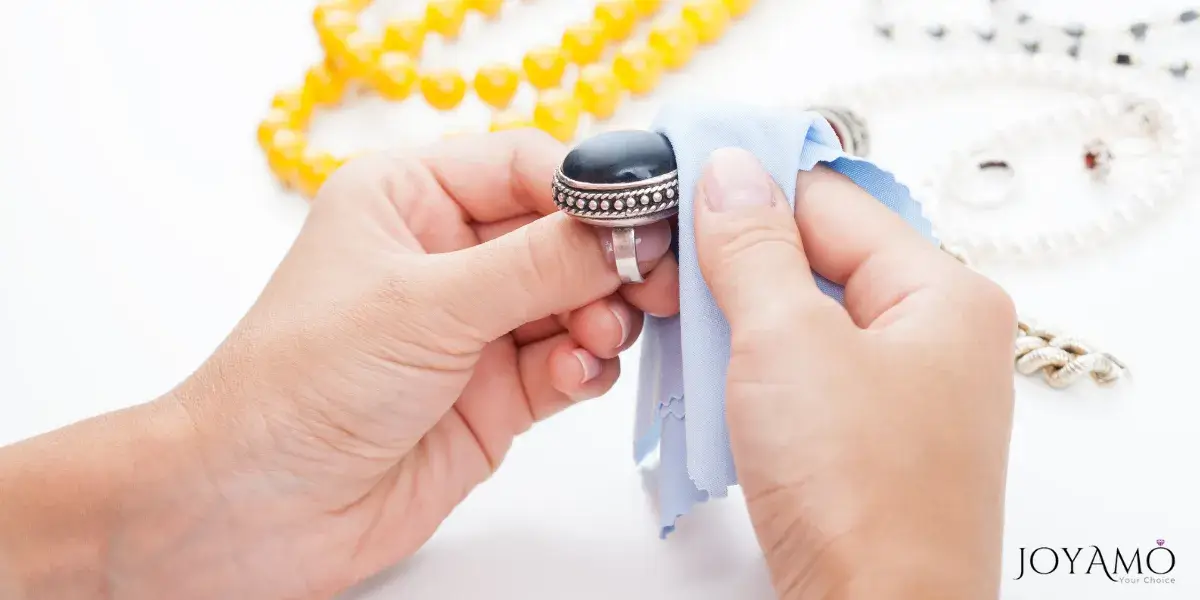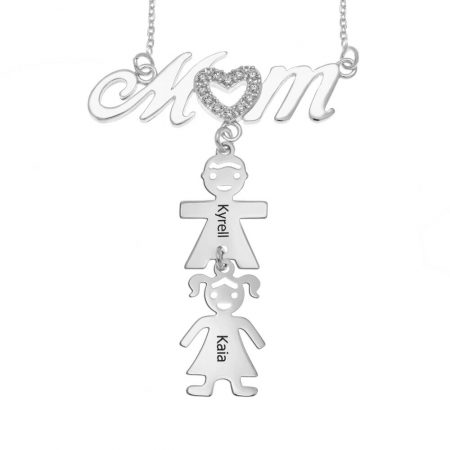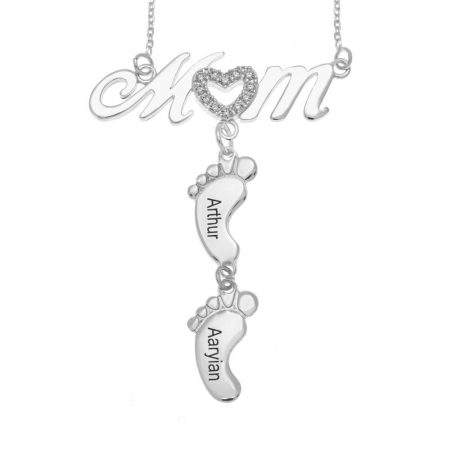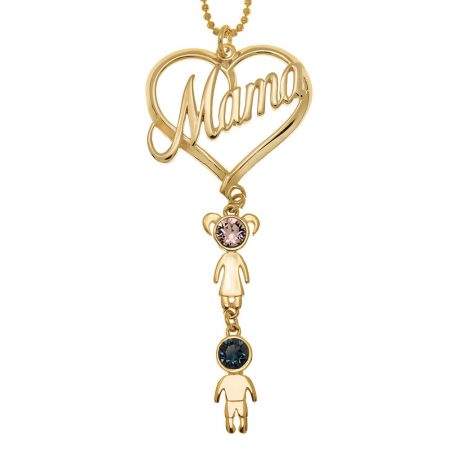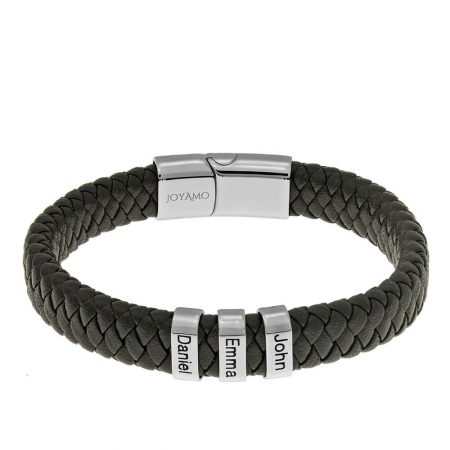Silver is a precious metal worldwide known for its lustrous appearance and versatility. Silver is a lustrous, soft white metal used for centuries in jewelry for its beauty and malleability.
The Fascinating History of Silver
The history of silver and its ancient roots
The utilization of silver can be traced back, to civilizations from around 3000 BCE, where it was highly esteemed for its qualities and versatility. Societies like Mesopotamia, Egypt, and Greece integrated silver into their systems of jewelry crafting and ceremonies.
Silver during the Middle Ages
In Europe’s era, regions such as Spain, Germany, and Italy underwent a period of increased production and trade. The use of silver coins became crucial for conducting transactions. Played a role in facilitating cross-border commerce.
Silver amidst the Colonial Expansion Period
During the Age of Exploration, there was a surge in mining activities following the discovery of deposits in the New World. Spanish colonies in Mexico, Peru, and Bolivia emerged as hubs for silver mining operations that supported trade networks.
Silver in the era of the Industrial Revolution
As the Industrial Revolution unfolded, silver began to find applications beyond its roles like currency and ornamentation. It became indispensable in fields such as photography, electronics, and medicine. Today silver continues to be valued for its uses and investment appeal while retaining its allure, in jewelry creation and artistic endeavors.
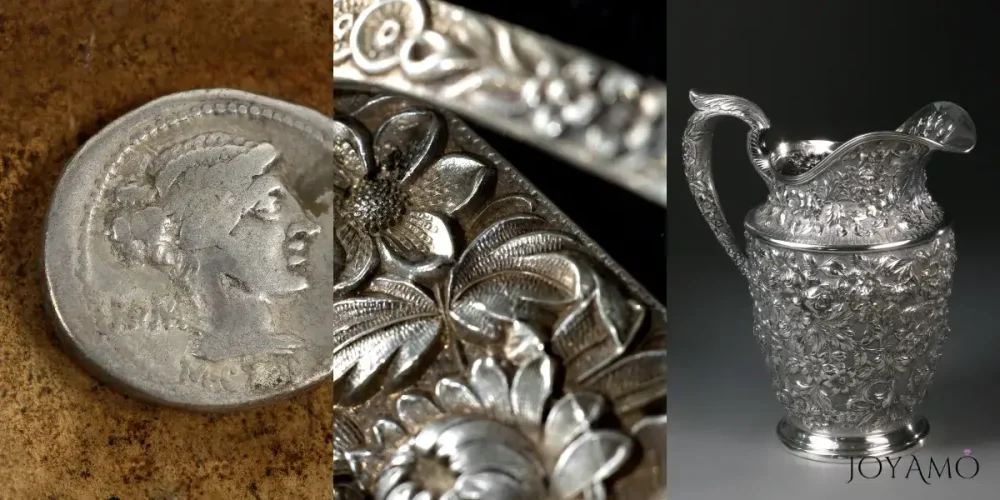
What is silver?
Silver is an element represented by the symbol Ag, derived from the term “Argentum,” and possesses an atomic number of 47. Silver falls under the category of transition metals.
Silver is recognized for its striking hue, exceptional reflectivity, and electrical conductivity. Its value lies in its ability to be easily shaped and stretched, making it perfect for creating jewelry pieces.

What’s the Difference Between Pure Silver, 925 Sterling Silver, and Silver Plated Jewelry?
Fine silver, also referred to as silver, consists of 99.9% silver content, making it the most refined form available. Its soft and pliable nature renders it unsuitable for jewelry designs. Highly esteemed for its exceptional purity.
On the other hand, 925 sterling silver is an alloy comprising 92.5% silver and 7.5% metal, typically copper. This blend enhances the strength and longevity of the silver making it well-suited for crafting jewelry while preserving its shine.
Sterling silver necklaces, bracelets, rings, and earrings have been adored by customers worldwide for their beauty, affordability, and durability.
In contrast, silver plated jewelry features a base metal coated with a layer of silver. Despite being more budget-friendly, the silver coating on jewelry may diminish over time, exposing the base metal.
Pure Silver
- Composed of 99.9% silver.
- Highest purity level available.
- Soft and malleable, it is not ideal for intricate designs.
925 Sterling Silver
- Alloy contains 92.5% silver and 7.5% other metals.
- Typically includes copper.
- Sterling silver jewelry offers strength and durability while retaining a lustrous appearance.
Silver Plated Jewelry
- It consists of a base metal coated with a thin layer of silver.
- More affordable compared to pure and sterling silver.
- The silver layer may wear off over time, revealing the base metal underneath.
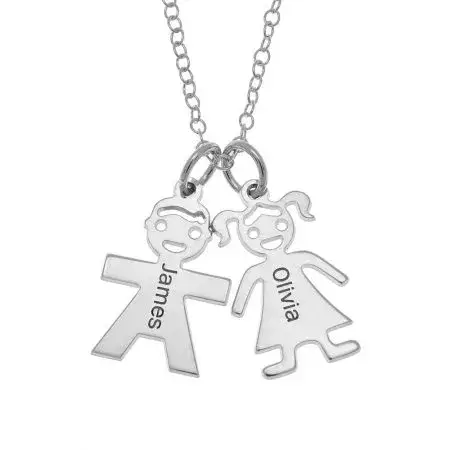
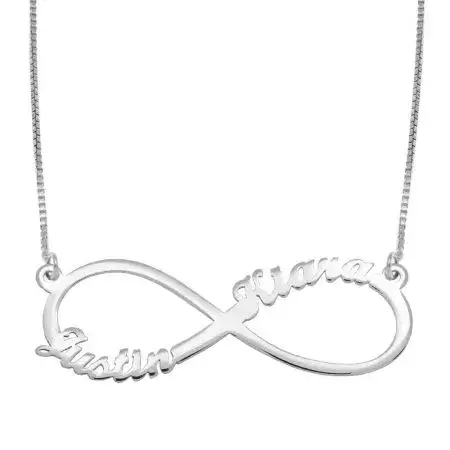

| Karat | Gold Purity | Other Metals | Characteristics |
|---|---|---|---|
| 24k | 100% | None | Most malleable, softest, rich yellow color, not suitable for intricate jewelry |
| 18k | 75% | 25% | Balance of purity and durability, popular for fine jewelry |
| 22k | 91.6% | 8.4% | Traditional, rich yellow color, used in cultural jewelry |
| 14k | 58.3% | 41.7% | Durable, affordable, and widespread use in contemporary jewelry |
| 10k | 41.7% | 58.3% | Strong, resistant to tarnishing, and suitable for everyday wear |
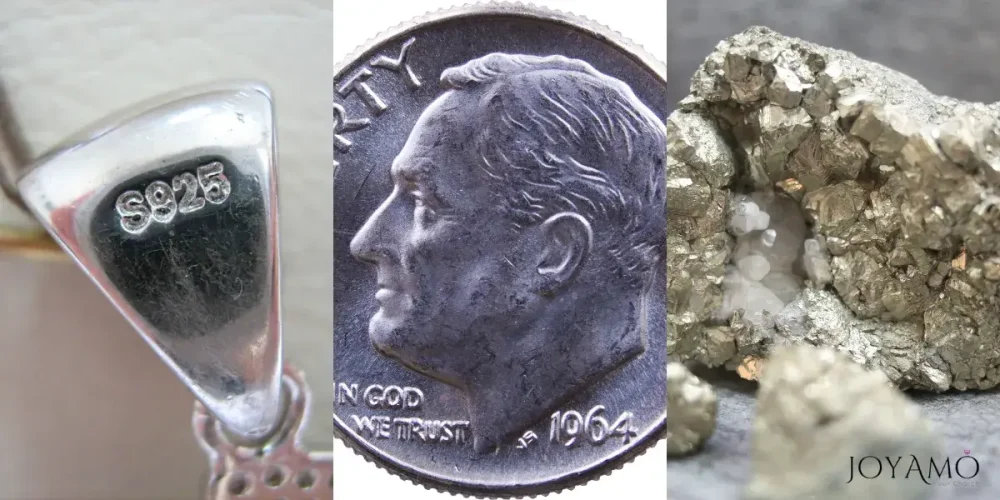
How to Clean Silver Jewelry at Home
Baking Soda Method
- Make a paste by mixing baking soda with a bit of water.
- Use a cloth or sponge to apply the paste to the silver jewelry.
- Gently rub the paste on the jewelry, paying attention to areas with tarnish.
- Thoroughly rinse the jewelry with water. Dry it with a clean cloth.
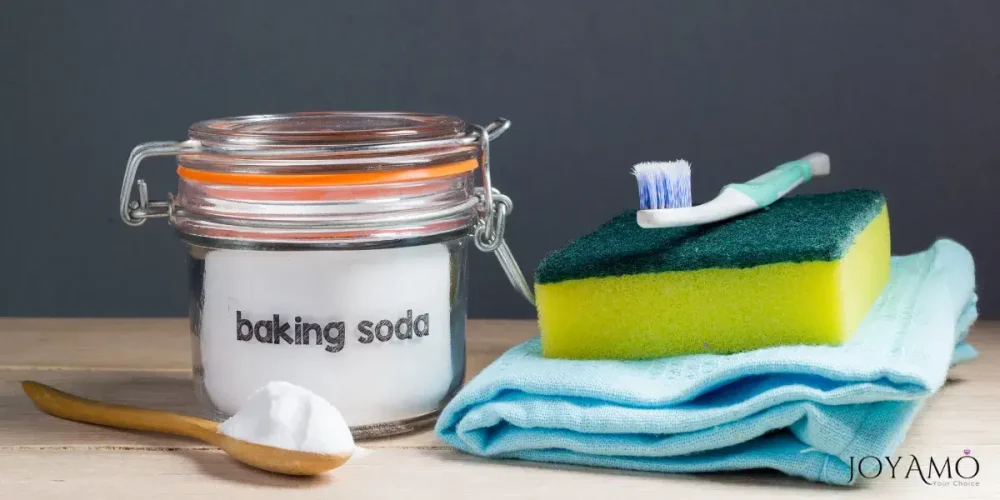
Lemon Juice and Baking Soda Method
- Mix lemon juice and baking soda to form a paste.
- Apply this paste to the silver jewelry. Leave it for a few minutes.
- Carefully scrub the jewelry with a brush or cloth to eliminate tarnish.
- Rinse off the jewelry with water. Ensure it dries completely.
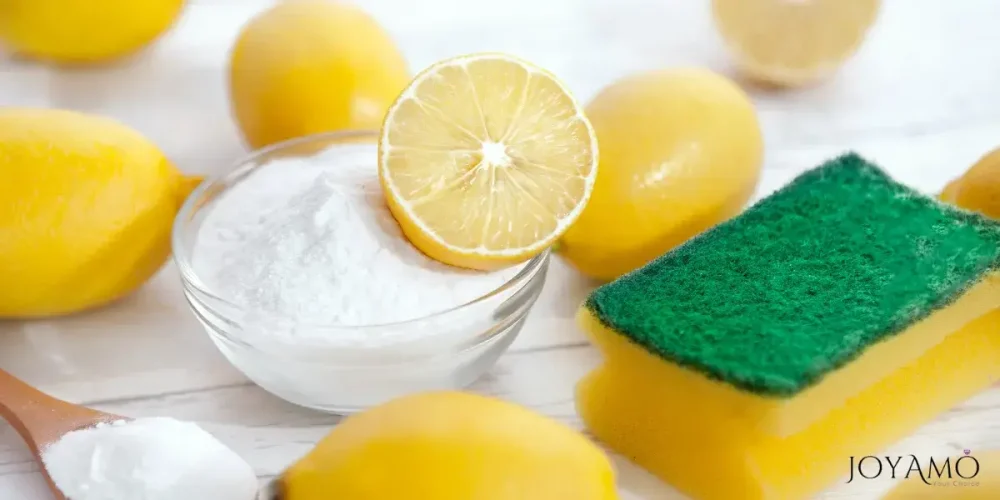
Ketchup Method
Put some ketchup on a cloth or brush.
Delicately rub the ketchup on the silver jewelry, focusing on spots.
Rinse off the jewelry with water. Dry it completely using a cloth.

Toothpaste Method
- Apply some toothpaste to a toothbrush.
- Start by scrubbing the silver pieces, paying extra attention to any areas that look tarnished.
- Rinse the jewelry with water and make sure to dry it well using a clean cloth.
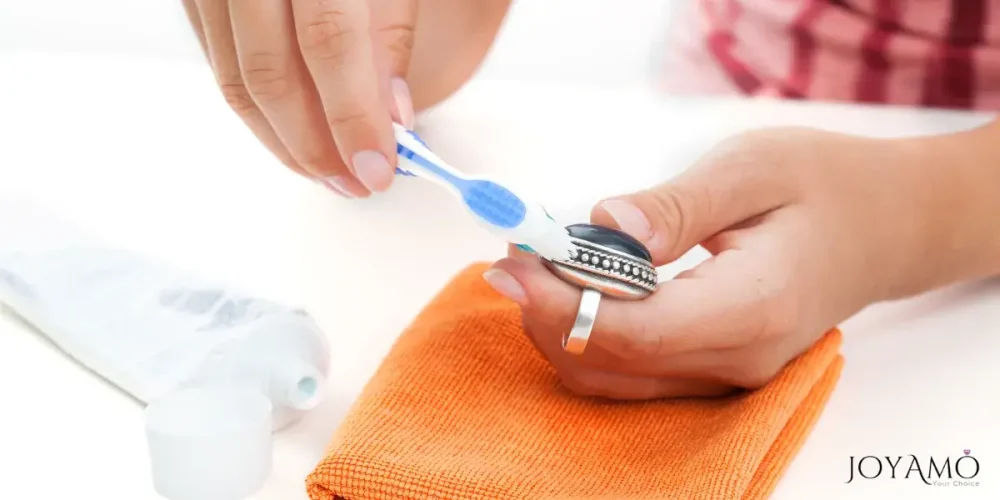
Vinegar and Baking Soda Method
- Mix parts of vinegar and water in a bowl.
- Add some baking soda and stir until it dissolves completely.
- Let the silver jewelry soak in this mixture for 2–3 hours.
- Take out the jewelry, rinse it with water, and dry it thoroughly.
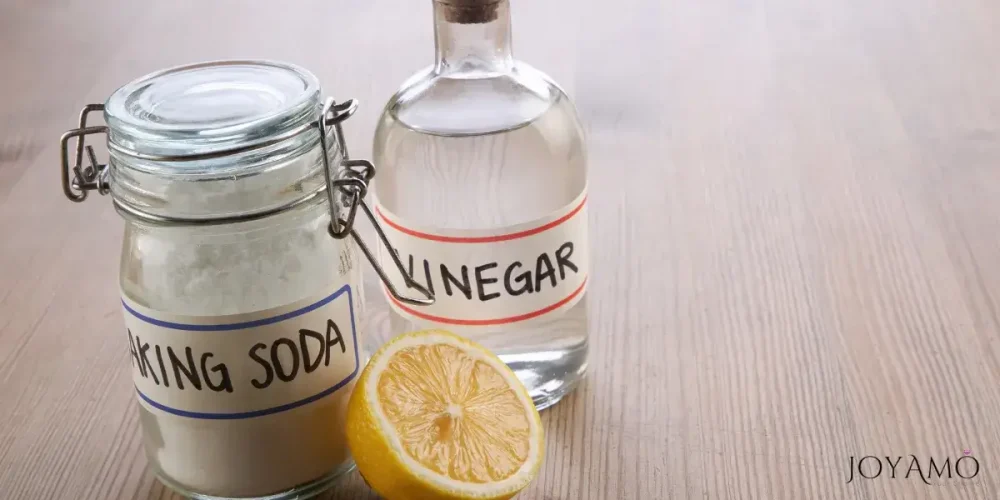
Aluminum Foil and Baking Soda Soak Method
- Line a bowl with aluminum foil, shiny side up.
- Place your silver jewelry on top of the foil.
- Sprinkle baking soda generously over the jewelry to cover it entirely.
- Pour boiling water over the pieces. Let them soak for a few minutes.
- After soaking, rinse off the jewelry with water. Dry it properly.

Using a Commercial Silver Cleaner
- Carefully follow the instructions on your silver cleaner.
- Apply the cleaner to your silver items. Gently scrub them with a brush or cloth.
- Rinse off the jewelry with water again. Ensure they are dried well using a clean cloth.
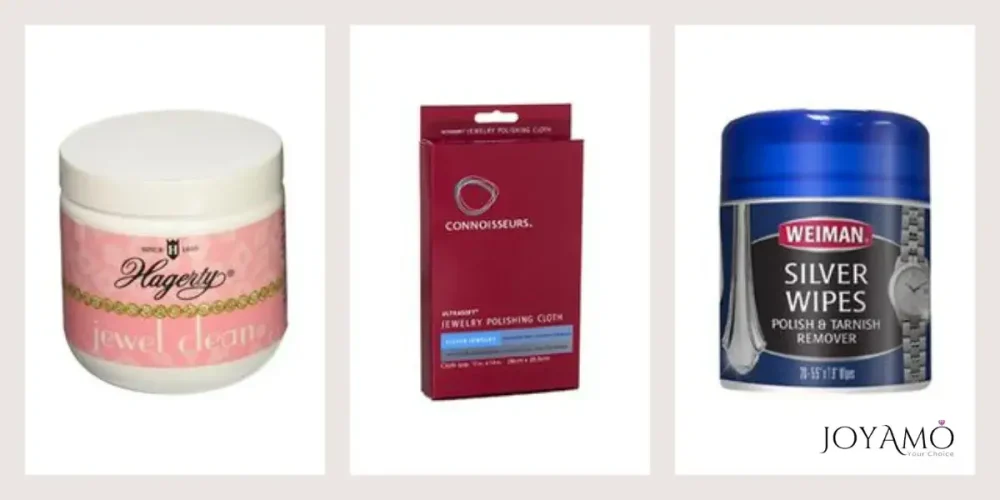
HOW TO CLEAN SILVER
| Cleaning Method | Steps |
|---|---|
| Baking Soda Method | 1. Make a paste with baking soda and water. 2. Apply the paste to the jewelry. 3. Gently rub the paste on tarnished areas. 4. Rinse and dry. |
| Using Lemon Juice and Baking Soda | 1. Mix lemon juice and baking soda to form a paste. 2. Apply the paste and let it sit. 3. Scrub and rinse. 4. Dry thoroughly. |
| Using Ketchup | 1. Apply ketchup to a cloth or brush. 2. Rub onto the jewelry. 3. Rinse and dry. |
| Using Toothpaste | 1. Apply toothpaste to a toothbrush. 2. Scrub the jewelry. 3. Rinse and dry. |
| Vinegar and Baking Soda Soak | 1. Mix vinegar and baking soda in a bowl. 2. Soak the jewelry. 3. Rinse and dry. |
| Aluminum Foil and Baking Soda Soak | 1. Line a bowl with aluminum foil. 2. Add baking soda and water. 3. Soak the jewelry. 4. Rinse and dry. |
| Using a Commercial Silver Cleaner | 1. Follow the instructions on the cleaner. 2. Apply and scrub. 3. Rinse and dry. |
Silver Polishing and Buffing Methods
Maintaining the shine and beauty of silver jewelry requires care through techniques, like polishing and buffing. Polishing helps in getting rid of surface imperfections and tarnish while buffing smooths the metal and enhances its luster.
Polishing Methods
1.- Silver Polishing Cloths
Soft polishing cloths, often made of materials like cotton or microfiber, are great for wiping tarnish and restoring the natural brilliance of silver. These cloths may be treated with compounds or solutions to assist in the cleaning process.
2.- Silver Polishing Brushes
For details and crevices in jewelry, brushes such as bristled toothbrushes or specialty silver brushes prove to be effective in removing stubborn tarnish and dirt without causing harm to the metal.
3.- Buffing Wheels for Silver
Buffing wheels, commonly crafted from cloth or felt, are coupled with polishing compounds to achieve a gleaming finish on silver jewelry. The spinning action of the buffing wheel evenly spreads the compound, resulting in a reflective surface.
When polishing and buffing your silver jewelry, it’s important to proceed with care to prevent wear on the metal or the removal of much silver.
Always adhere to the manufacturer’s guidelines. Utilize circular motions to avoid scratching or damaging the jewelry.
If you use these methods to polish and buff silver jewelry, you can bring back its sparkle and allure, bringing joy to the wearer for a long time.
| Method | Description |
|---|---|
| Polishing Cloths | Soft cloths made of cotton or microfiber gently wipe away tarnish and restore the silver’s natural shine. |
| Brushes | Soft-bristled toothbrushes or specialty silver brushes effectively reach intricate details and crevices. |
| Buffing Wheels | Made of soft cloth or felt, these are used with polishing compounds to achieve a high-gloss finish. |
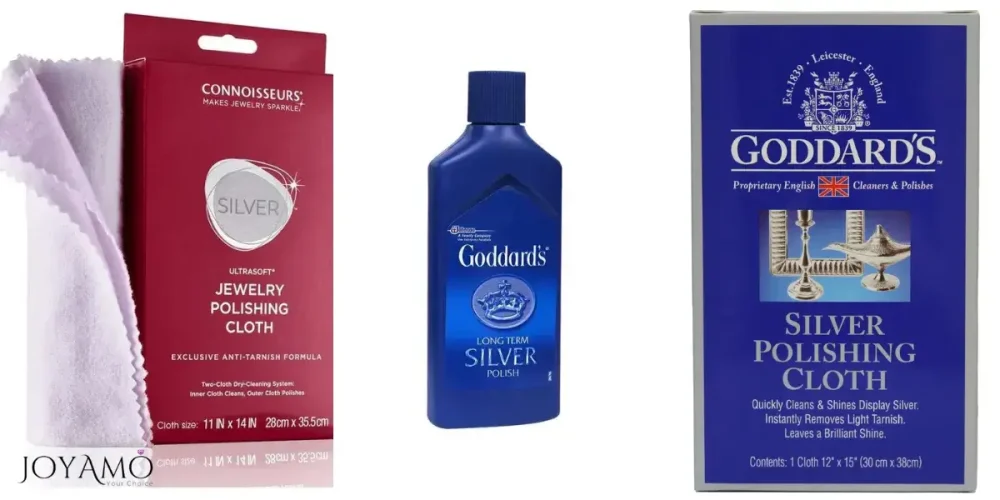
Cleaning Methods for Silver Jewelry with Gemstones
- Use cleaning solutions like soap and water or diluted jewelry cleaner.
- Gently brush the jewelry with a toothbrush or a specialized jewelry brush without using abrasive materials.
- Rinse the jewelry thoroughly with water. Pat it dry using a soft cloth to prevent water spots or residue.
- Avoid chemicals, ultrasonic cleaners, or steam cleaners, as they can harm or discolor gemstones.
- When dealing with stones such as diamonds, birthstones, opals, and pearls, gently wipe them with a cloth and avoid prolonged exposure, to water.
- For gemstones or intricate jewelry designs, consider seeking cleaning for comprehensive and safe results.
| Method | Description |
|---|---|
| Cleaning with Mild Solutions | Use mild solutions such as mild soap and water or diluted jewelry cleaner to clean silver jewelry with gemstones. |
| Gentle Brushing | Use a soft-bristled toothbrush or a specialty jewelry brush to gently scrub the jewelry, avoiding harsh abrasives. |
| Rinse and Pat Dry | Rinse the jewelry with clean water and pat it dry with a soft cloth to prevent water spots or residue buildup. |
| Avoid harmful Chemicals | Avoid using harsh chemicals, ultrasonic cleaners, or steam cleaners, as they may damage or discolor gemstones. |
| Special Care for Porous Stones and Pearls | For porous stones like opals or pearls, use a damp cloth to wipe them gently, avoiding prolonged exposure to water. |
| Professional Cleaning for Delicate Gemstones | Consider professional cleaning for delicate gemstones or intricate jewelry designs to ensure thorough and safe cleaning. |
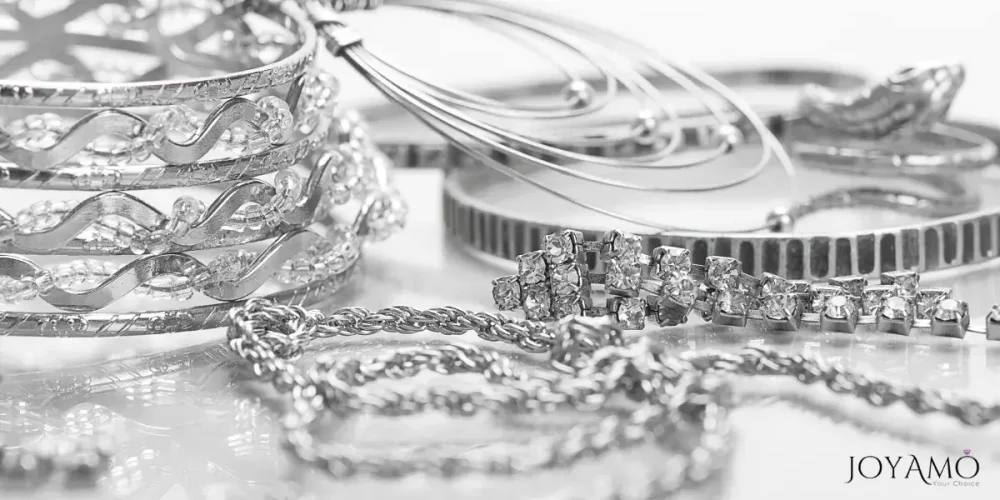
How to Store Silver Jewelry
Properly storing your silver jewelry is essential to preserving its shine and quality over time.
Below are some tips for storing your silver jewelry:
- Keep your pieces in a location away from direct sunlight and moisture to prevent tarnishing.
- Wrap each piece in anti-tarnish pouches or cloth to protect them from exposure to air and moisture.
- Store your jewelry separately from other metals to prevent scratches and tarnish.
- Use a jewelry box with compartments or a lined organizer to keep your collection organized and well-preserved.
- Avoid storing silver jewelry in plastic bags or containers, as they can trap moisture, which may cause tarnishing.
By following these storage methods, you can prolong the lifespan and beauty of your silver jewelry collection.
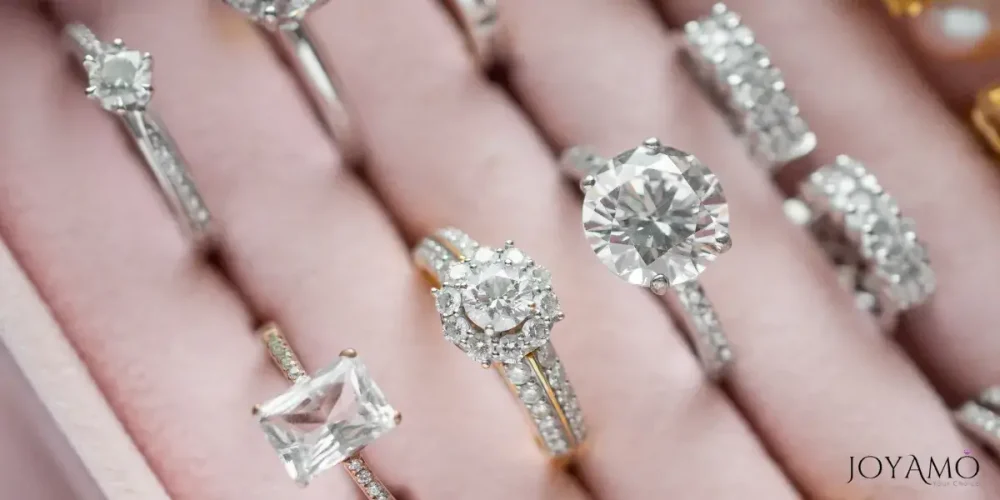
💡How to Clean Silver Jewelry FAQs
✔ What is the best home remedy to clean silver?
The most effective way to clean silver at home is, by making a paste using baking soda and water. Simply apply the paste to your silver jewelry, gently scrub away any tarnish, rinse it off with water, and make sure to dry it to bring back its shine.
✔ What is the best way to clean silver jewelry?
For cleaning silver jewelry, a gentle cleaning solution works best. You can use soap mixed with water or a diluted jewelry cleaner. Take a toothbrush to gently scrub the jewelry, rinse it with water, and then dry it off with a soft cloth.
✔ What is the best home cleaning solution for silver?
To keep your silver sparkling at home, try mixing vinegar and baking soda. This combination creates a foamy solution that effectively removes tarnish from pieces. Let your jewelry soak in this solution for hours before rinsing and drying it completely.
✔ What is the best homemade jewelry cleaner for silver?
If you prefer using cleaners for your pieces, consider combining lemon juice with baking soda. The acidity of lemon juice helps dissolve tarnish, while baking soda acts as an abrasive for stains. Create a paste, with these ingredients, apply it on your silver jewelry, gently scrub it clean, rinse well, and ensure thorough drying
✔ Does sterling silver tarnish?
Sterling silver tends to lose its shine over time as it comes into contact with air and moisture, leading to tarnishing. This happens due to a chemical process involving the silver and sulfur compounds, in the surroundings, resulting in the formation of a layer known as tarnish on the silver’s surface. Nevertheless, consistent cleaning and storing correctly can reduce tarnishing effects. Preserve the luster of sterling silver jewelry.
 SHIPPING
SHIPPING
